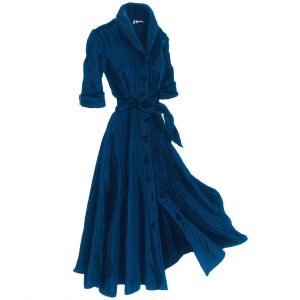Follow these 10 essential copywriting rules to influence your audience
Copywriting is the art of influencing your audience. Follow these 10 essential copywriting rules to achieve your goals.
Copywriting rule #1 Write your copy in the second person – YOU
In copywriting, it’s not about the brand or the company; it’s about the audience.
Write as if you are in the same room with him or her and you are having a conversation.

Copywriting rule #2 Write with your audience in mind
Selling to everyone means selling to no one, says one of the most important rules in sales and marketing.
That’s why marketers have buyer personas, to ensure that their messages reach and resonate with a specific customer.
Acquire as much information and insights on your customer as possible but go beyond the obvious demographic data: age, sex, marital status, job role etc.
Get into the mind of your customer and make sure you have an in-depth understanding of their problems and pain points, goals and aspirations.
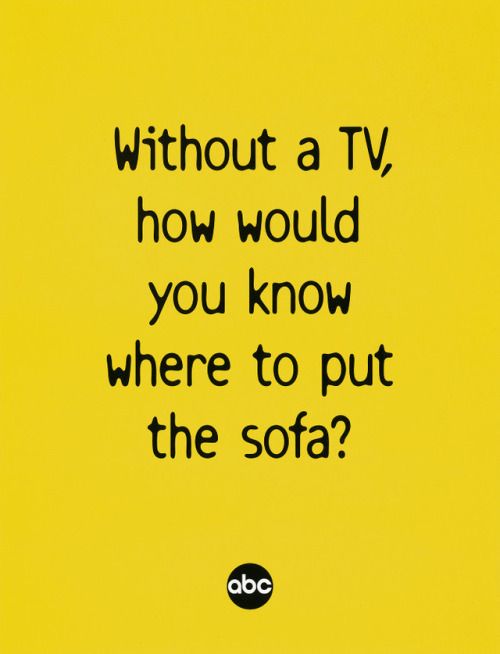
Copywriting rule #3 Mirror the emotions of your audience
What copywriters should never forget is that customers are people with emotions and more often than not, their buying decisions rely on emotions.
People buy when they are emotionally triggered and use logic to justify their purchase decisions.
When writing copy, speak to your customers’ emotions.
Let them know you are aware of how they feel. Empathize with their problems and show them the solution. When your customers see their emotions reflected in copy and design, they are more likely to keep your brand top of mind.

Copywriting rule #4 Use your headline as the hook of your audience’s attention
We live in a busy world where there’s little time to catch our breath.
Social notifications glimmer on your phone’s display, the inbox is flooded with urgent messages and tight deadlines give you anxiety.
Your headline has to be so great that it prompts your customers to ignore everything else going on around them and read your copy. Imagine your headline as the hook with which fishermen capture fish. Make your headline relevant and enticing.
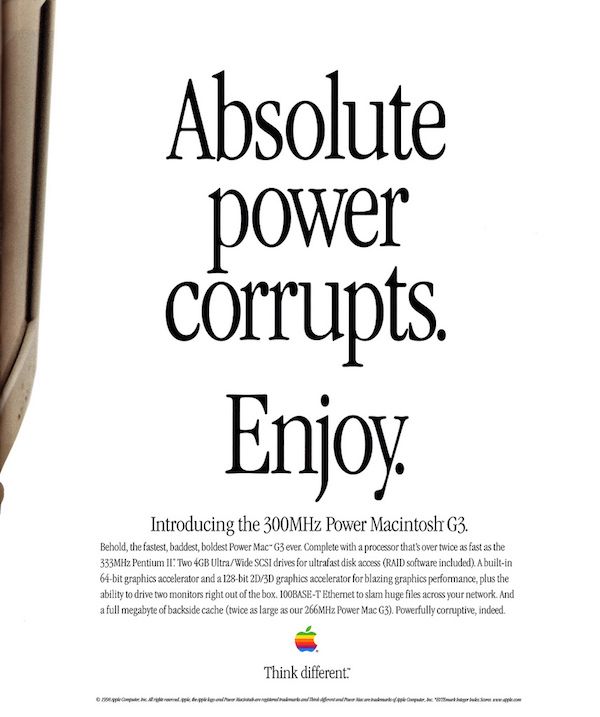
Copywriting rule #5 Your headline should be short and clear
When writing copy, always remember that you are not writing a novel.
You could start with a one-page copy if you like, but be aware that you need to shorten your story.
Learn to deliver the punch in fewer words than your initial draft. Also, you can start with a long headline, but work to shorten it while maintaining clarity.
Exercise by telling the same story in 100 words versus 10 words. It’s not easy, but it’s achievable.
Copywriting rule #6 Insert powerful words
If you google copywriting rules, which result do you click on?
When you see five headlines that are the same, you won’t be able to decide which to click on and read.
Your mind will automatically look for a different headline, a headline that gets your attention by differentiating itself from the rest.
These headlines contain power words such as top, essential (check the headline to this article), unbreakable, golden, powerful, critical, mind-blowing and so on.
If you want to learn how to optimize your headlines with power words, check out Headline Studio by CoSchedule, a wonderful Chrome extension that can work wonders for your copywriting.

Copywriting rule #7 Turn features into benefits
Don’t talk about the product’s features in your copy.
Nobody wants to read technical details: how much horsepower, how many inches, how many colours, how many hours etc. Instead, turn those features into benefits for your customer.
The smartphone is so slim you can fit it into your shirt pocket. The camera is so powerful you can take a high-resolution photo of Betelgeuse, one of the brightest stars in the night sky. This pair of jeans is so comfortable you can dance the tango in them.
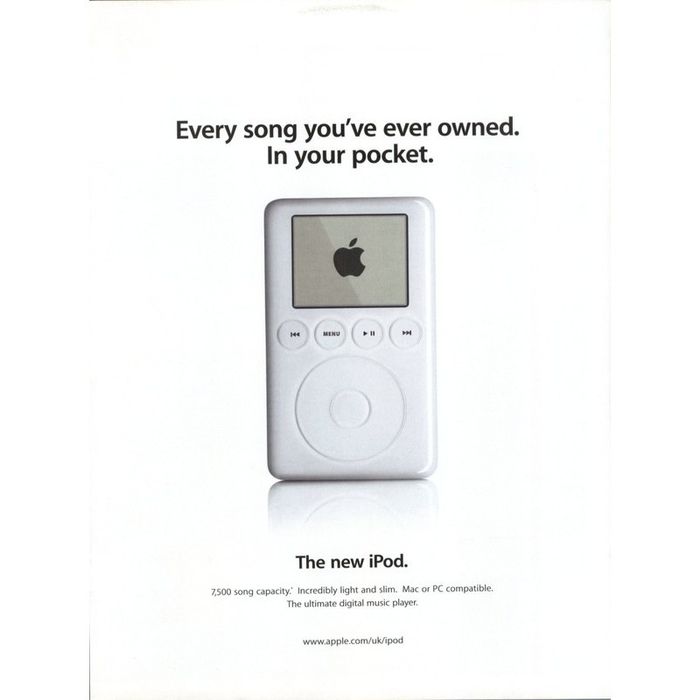
Copywriting rule #8 Always end with a call to action
No matter how beautiful or smart or surprising your story is, it doesn’t achieve its purpose unless you include a call to action.
Let your audience know what you want them to do next. Use the call to action to direct them to the next step.
Do you want them to visit your landing page? Do you want them to click on your video?
Whatever it is, make sure your call to action is clear and easy to read.
Copywriting rule #9 Make your call-to-action specific
The call to action in your copy is very important. Avoid writing a generic call to action like Download or Learn more.
Remember that the main objective of your copy is to influence your reader’s behaviour and in this case, the expected behaviour is to click on a button. You need to give him a good reason to do so.
Download is the literal description of the action of download and Learn more is not strong enough.
Tie your call to action copy to the reader’s needs. Let them know how their lives improve by clicking on the download button.
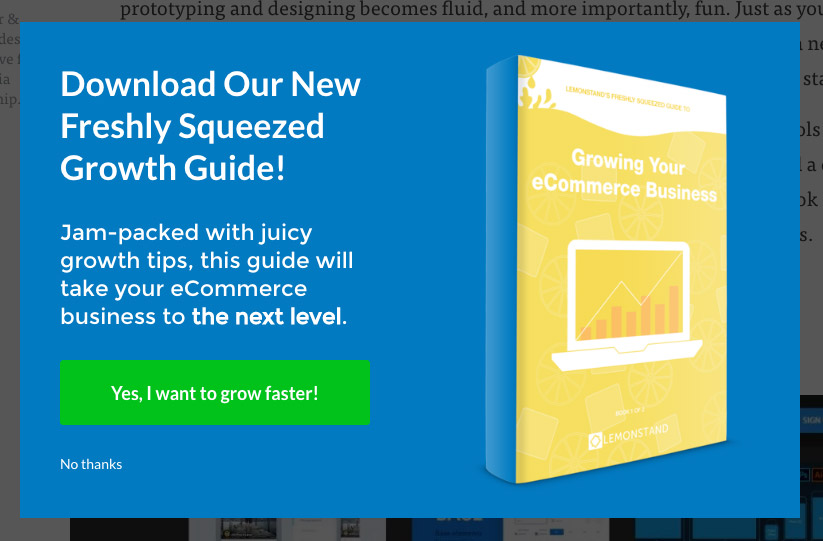
Copywriting rule #10 Make benefits measurable
What is the best way to influence your audience?
Tell them your product or service provides measurable results.
They can increase their sales 3 times or write with 90% fewer mistakes or get their Facebook ads approved within 30 minutes instead of 24 hours.
Find the one benefit that you can measure and turn it into a number. This particular number has to provide the best solution to your audience’s problem.

Join the Conversation
We’d love to hear what you have to say.
Get in touch with us on our LinkedIn Page, Facebook Page, Twitter or TikTok.
10 copywriting books to become a successful copywriter
Learning to write great copy that sells is every marketer’s goal. Read on to discover 10 books on copywriting you should read now.
1. Dan S. Kennedy – The Ultimate Sales Letter: Attract New Customers. Boost your Sales.
Dan S. Kennedy is one of the world’s highest-paid copywriters. Internationally recognized as the ‘Millionaire Maker,’ Mr Kennedy has helped people in just about every category of business turn their ideas into fortunes and influenced well over 1-million independent business owners annually through his newsletters.
The Ultimate Sales Letter has clear and dynamic examples that will help you write the ultimate sales letter. It will help you target your customer base as quickly as possible and draw them in with Dan Kennedy’s creative and inspiring graphic enhancement ideas at their fingertips.
Some of the book’s highlights:
Tips for improving readability
How to use bullets, lists, numbering, underlining, bold-facing, size and font style
How to use the P.S. to their advantage
Always enter the conversation already occurring in the customer’s mind.
Dan S. Kennedy
2. Joseph Sugarman – The Adweek Copywriting Handbook: The Ultimate Guide to Writing Powerful Advertising and Marketing Copy from One of America’s Top Copywriters
In this practical guide, legendary copywriter and ad man Joe Sugarman provides proven guidelines and expert advice on what it takes to write copy that will entice, motivate, and move customers to buy.
Here are a few chapters that I believe will intrigue and draw your attention:
Copy as emotion
Selling the concept not the product
The psychological triggers
The prospect has basic emotional needs that your product will solve, regardless of how sophisticated or simple your product offering is. Examine those emotional needs.
Joseph Sugarman
3. John Carlton- Simple Success Secrets No One Told You About (The Business Pro’s Essential Toolkit)
Mr Carlton has been called “the most respected and ripped-off copywriting wizard alive”, because so many of his ads are still used as templates by other marketers. He almost single-handedly transformed the way print ads worked through sizzling long-copy ads.
Edgy copy that demands to be read. Demands it.
John Carlton
4. Eugene M. Schwartz – Breakthrough Advertising
Direct copywriter Eugene M. Schwarz wrote for the most successful direct marketers in the U.S., helping them sell hundreds of millions of dollars worth of products across different industries.
His book, Breakthrough Advertising is a game-changer, an advanced marketing/business book that will reveal how to find the breakthrough headline that is right for your product.
The greatest mistake marketers make is trying to create demand.
Eugene Schwartz
5. Drayton Bird – Commonsense Direct and Digital Marketing
Commonsense and Digital Marketing gives the marketer the tools, techniques and structures needed to produce effective and profitable marketing across the direct marketing spectrum, from simple letters to focused web-based campaigns.
For anyone involved in direct marketing, this book provides not just the structure for success but also an energizing insight into the techniques behind some of the world’s most successful direct marketing campaigns.
Drayton Bird has been writing copy for over 60 years. He worked side by side with David Ogilvy. He is also a big proponent of conversational copywriting.
In 2003, the Chartered Institute of Marketing named Drayton Bird one of 50 living individuals who have shaped today’s marketing.
Here is a selection of book chapters you could find highly useful:
How to test and evaluate your results
Positioning and other mysteries explained
How to get started
Your brand image is primarily an emotional construct. Emotion is probably always more powerful in swaying people than reason, but people like to be able to rationalize their choices.
Drayton Bird
6. Doug Pray – Art & Copy: Inside Advertising’s Creative Revolution
Art & Copy is a powerful film about advertising and inspiration.
It reveals the work and wisdom of some of the most influential advertising creatives of our time, people who’ve profoundly impacted our culture.
Their work grabbed the attention of millions and truly moved them. The social and cultural impact of their ads is brought to light in this dynamic exploration of art, commerce, and human emotion. Meet the authors of magic words like “Just Do It,” “I Love NY,” “Where’s the Beef?,” “Got Milk,” “Think Different”.
7. D & AD – The Copy Book: How some of the best advertising writers in the world write their advertising
The Copy Book features a work selection and essays by 53 leading professionals in the world, including copywriting superstars such as David Abbott, Lionel Hunt, Steve Hayden, Dan Wieden, Neil French, Mike Lescarbeau, Adrian Holmes, and Barbara Nokes.
The lessons to be learned on these pages will help you create clearer and more persuasive arguments, whether you are writing an inspiring speech, an engaging web banner or a persuasive letter. This is not simply a “must-have” book for people in advertising and marketing, it is also a “should-have” for anyone who needs to involve or influence people, by webpage, on paper, or in person.
8. Victor O. Schwab – How to Write a Good Advertisement
How to Write a Good Advertisement by Victor O. Schwab is one of the all-time great books on copywriting. Mr Schwab is the mastermind behind the title for the international bestselling book How to win friends and influence people by Dale Carnegie.
In his book, Mr Schwab explains the five fundamental elements of a successful ad:
Get attention
Show people an advantage
Prove it
Persuade people to grasp this advantage
Ask for action
Poor copy cannot overcome faults or gaps in dealer distribution; it cannot even cash in on the finest dealer setups. But good copy can, and does, surmount many dealer difficulties, making them secondary, and selling in spite of them.
Victor Schwab
9. Claude Hopkins – Scientific Advertising
In his book, ‘Scientific Advertising’, Claude Hopkins provides readers with valuable insights into consumer behaviour.
The aim was to explain the rules of advertising and what makes consumers buy so that advertising returns would become a certainty and not a guess. Copywriters are invited to learn how to use Mr Hopkins’ techniques to write adverts that sell with certainty.
Known as the father of modern advertising techniques, Mr Hopkins covers many important aspects of advertising including how advertising laws are established, mail order advertising, headlines, psychology, strategy, budgeting, and more advanced subjects like negative advertising and how to test an advertising campaign.
Don’t think of people in the mass. That gives you a blurred view.
Claude Hopkins
10. Robert Collier – The Robert Collier Letter Book
The Robert Collier Letter Book remains one of the most useful books on writing sales letters.
It earned Robert Collier the distinction of being one of the greatest marketing minds in history.
Robert Collier sales letters were successful because he wrote to his readers’ needs. As an expert in marketing, his sales savvy and writing expertise placed hundreds of millions of dollars in his clients’ pockets.
Tell a man something new and you have his attention. Give it a personal twist or show its relation to his business and you have his interest.
Robert Collier
Copywriting – 4 Techniques to Write Persuasive Copy
Writing a piece of persuasive copy is art. But if you can master it, it will change your business.
Copy is what creates transformation in your audience
Sonia Simone, Copyblogger.com
Here’s what a persuasive copy can do for your business:
- Increase sign-ups for your email list;
- Increase sales for your ebook or online course;
- Bring in clients;
- Support your ads in achieving their objective.
Here are 4 techniques to write persuasive copy according to copyblogger.com:
1. The Hook or The open loop technique
The open loop technique is a way to grab attention quickly and hold it while you provide the surrounding facts, lessons, or supporting evidence.
Brian Clark, Copyblogger.com
This technique works because it keeps your audience on the edge of their seats to find out what happens in the end.
The latest example of a piece of content using the open loop technique I came across is this 2864-word 13-minute read Medium published article: The Woman They Turned Away.
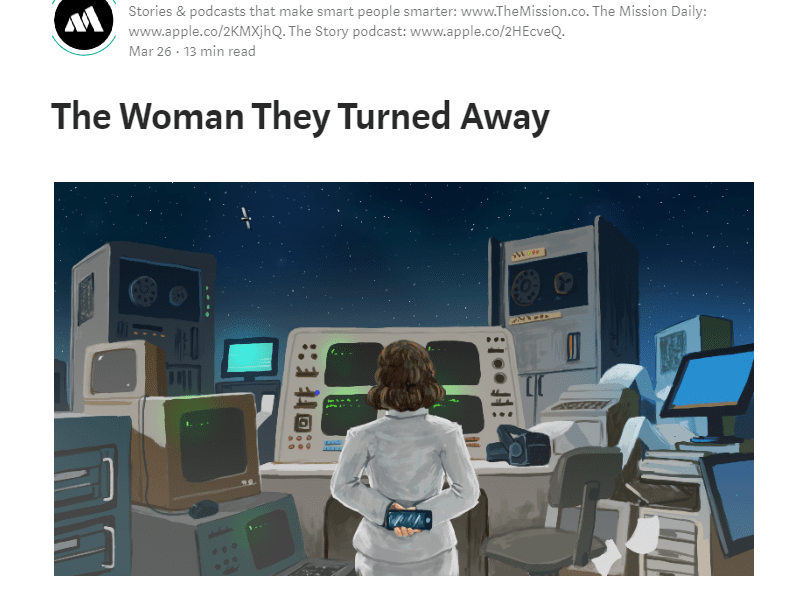
The majority of content pieces published nowadays are a 5-minute read max because people don’t have the patience to read such long-form content.
And yet here I was glued to my monitor, completely oblivious to everything going on around me in the office (colleagues talking, phones ringing etc). I was hooked by the first paragraph. Of course the title helped as well.
This is The Story… of how one woman’s demons almost killed her. It’s how she faced a destroyer that would devour all… and lived to tell the tale. Along the way, she managed to create many of technologies that we use on a daily basis.
I won’t disclose the subject of the article because I want you to discover it yourself. I will just comment upon this first paragraph and give you 3 arguments why it is an incredible piece of writing.
- It doesn’t say who this woman is until the last paragraph. Yes, you need to read 2864 words to learn her name! Curiosity? Check!
- It’s emotional because it mentions personal struggles which we all fight within ourselves. Emotional connection? Check!
- It talks about a life journey and hints to a hero story. Happy-end conclusion? Check! Happy-ends are so satisfying, who doesn’t like them?
Does it make you want to find out who this woman is?
Yes, it does!
2. The Storytelling Setup
It begins in your childhood when you listen to your grandfather’s stories of his adventures as a young man. You listen to him speak of old times with bright eyes and his stories spark your imagination.
There is a reason why stories fascinate us: according to brain scans, stories activate various areas of the cortex that are known to be involved in social and emotional processing.
Storytelling has played an important part in our evolution as human beings. It is the oldest social and cultural activity which humans have ever taken part in with the purpose to learn, connect with each other and inspire future generations.
Make your copy persuasive by using a storytelling setup: talk about your product, service or offer from a personal perspective, give details about how you or your hero felt and said.
This technique is powerful because it builds trust and connection with the reader, it talks about the reader’s pain point with empathy and elicits an I feel exactly the same reaction from him or her.
It’s engaging because it influences the reader in a non-salesy manner.
Here’s an example from The J. Peterman Company, a vintage clothing online store, describing a blue 1940’s dress:
source: jpeterman.com
STORY
Man Seeking Woman.
Between the ages of 25 and older.
Attractive, confident, stylish. Has known at least one positive male role model. Must like French cooking, Etta James, Broadway, movies made between 1937 and 1962, disturbing literature, spirited horses. Ability to pack light. Open to impromptu world travel.Willing to be seen in this. Often.
1940s Cord Dress (No. 2856). Shawl collar, three-quarter length sleeves with turned back cuff. Ultraplush 21-wale cotton corduroy. Large self-fabric belt with buttons down the front. Made for snappy dialogue and romantic innuendo. What you wear when you have all the best lines. Work, parties, dinner, dancing, slow fade. Imported.
Perfect!
3. Analogies
To persuade your audience, first you need to make sure your audience understands what you are communicating.
Brian Clark
To create effective understanding, use analogies.
Why?
Because your audience will arrive at the intended understanding on their own. It is much more powerful to allow them to think on their own than to tell them what to think.
To make sure your analogy makes, not breaks your copywriting, you need to understand your audience’s background.
Here is an example of an analogy used by the Ministry of Supply to describe their innovative technology jacket:

4. Contrast
The power of contrast in copy is amazing, because you are actually altering the reader’s perception of the facts, and yet the facts have not changed at all.
Brian Clark
The key to using contrast to your benefit is to identify potential objections that a prospect might have, and then present contrasting illustrations that change their perception of the facts giving rise to that objection.
Contrast can help you increase your conversion rate by overcoming your customer’s objections. Using contrast in your copywriting piece means placing your customer’s objections in an unexpected light helping him see the bigger picture from a different standpoint.
It’s the art of selling mastered by sales experts.
It’s the ace up your sleeve.
It’s the light bulb switching on like you see in cartoons.
Help your audience understand their objections stand between them and their goals. As a result, these objections will suddenly appear less important and easily discarded.
Here are a few examples:
It’s too expensive
When your client must go over budget to buy the house:
“Are you going to let such a small amount stand in the way of owning this fabulous home?”, an example given by Brian Clark.
I don’t need your product, I can do it on my own
When your audience believes they can do it without your product, mention your unique selling proposition like this copy for a copywriting online course (via crazyegg.com):

source: crazyegg.com
Wrapping up
Benefits of using persuasive copy:
- Grab your audience’s attention quickly;
- Get them hooked on your piece of content;
- Spark your audience’s imagination with storytelling;
- Build connection and trust;
- Help them understand with analogies;
- Support your audience to overcome their objections through contrast.
